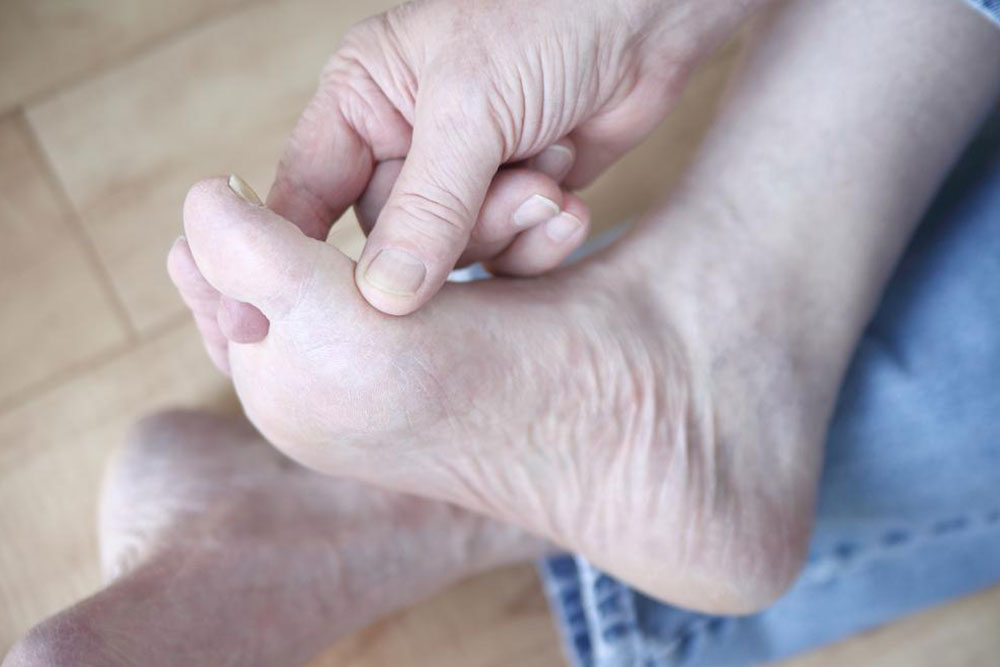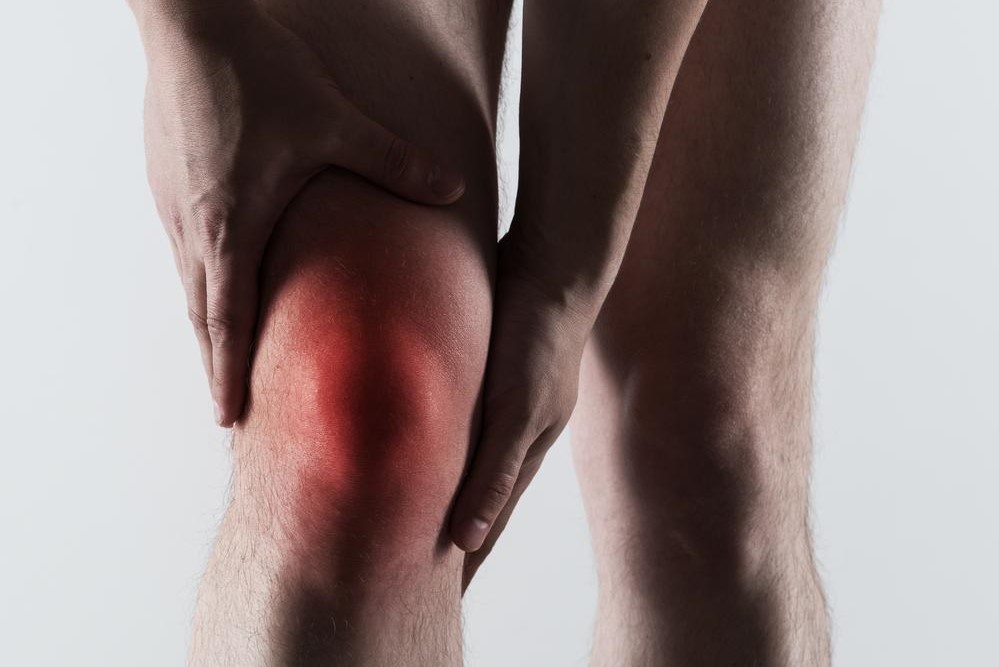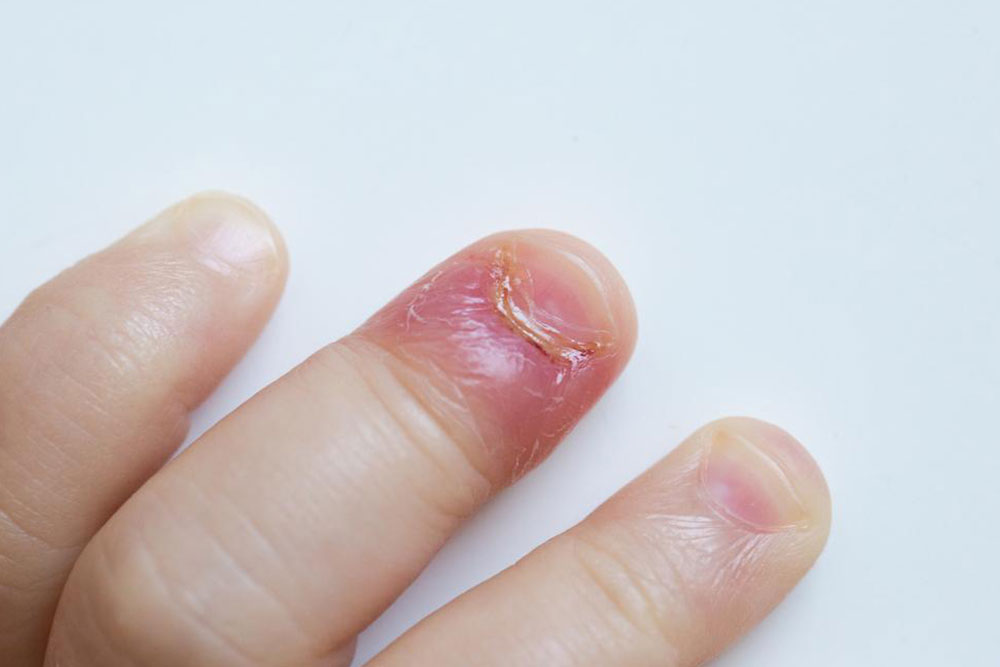Essential Information About Swollen Finger Discomfort
Swollen finger discomfort can result from injuries, arthritis, or infections. Recognizing symptoms and causes is crucial for effective treatment. Home remedies like ice, rest, and over-the-counter pain relievers can offer relief, but persistent or severe symptoms require medical attention. A healthcare professional may perform examinations and imaging to determine the underlying cause and recommend appropriate treatment to restore finger health and function.

Understanding Swollen Finger Discomfort
Finger swelling and discomfort are common occurrences that can happen to anyone. Several factors contribute to this condition, including injuries and medical issues that lead to finger pain. Symptoms often include redness, warmth, tenderness, stiffness, numbness, tingling sensations, and changes in color. Arthritis stands out as a primary cause, along with infections or inflammations that may occur. Recognizing the root cause is important for effective treatment and relief.
Common Causes of Finger Swelling and Pain:
Injuries from vigorous physical activities like contact sports such as football, basketball, or baseball.
Recreational pursuits demanding physical effort, including skiing or tennis.
Using heavy machinery at work or home.
Carrying heavy loads for extended periods.
Engagement in physical altercations or punching movements.
Repetitive motions like typing, writing, or sewing that strain the fingers.
Compartment syndrome causing severe swelling that involves muscles, blood vessels, and nerves—urgent medical attention is necessary.
Arthritis characterized by inflammation, pain, swelling, redness, and stiffness.
Other conditions include trigger finger, where tendons become swollen and prevent straightening; Dupuytren’s contracture, which limits finger movement due to tissue inflammation; carpal tunnel syndrome that puts pressure on nerves causing swelling, numbness, and pain; Raynaud's phenomenon, reducing blood flow leading to swelling and cold fingers; infections and tumors can also result in swollen finger pain.
Home remedies can help alleviate symptoms. Measures include avoiding activities that worsen swelling, removing tight rings, massaging and resting the affected finger, applying ice and soothing balms, and using over-the-counter pain medications like ibuprofen or naproxen. Supporting the finger with tape (not too tight) can also aid healing.
When to Seek Medical Help:
Severe pain and swelling following an injury.
Deformation of the finger due to swelling.
Persistent symptoms lasting more than a week despite home care.
Numbness, tingling, or loss of finger movement.
The finger turns red, becomes very swollen, or there's accompanying fever.
What to Expect During a Medical Evaluation:
Physical examination assessing finger and hand movements.
A review of medical history and symptom details.
X-ray imaging to identify underlying issues.
Targeted treatment based on the cause of the swelling and pain.










